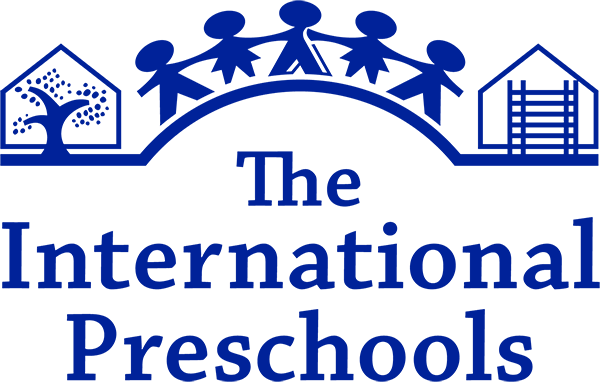As residents of the Upper East Side of Manhattan, our families have many educational opportunities at their fingertips. These options include no-cost programs through the Department of Education. So why spend the money to attend The International Preschools when you could enroll in a free program?
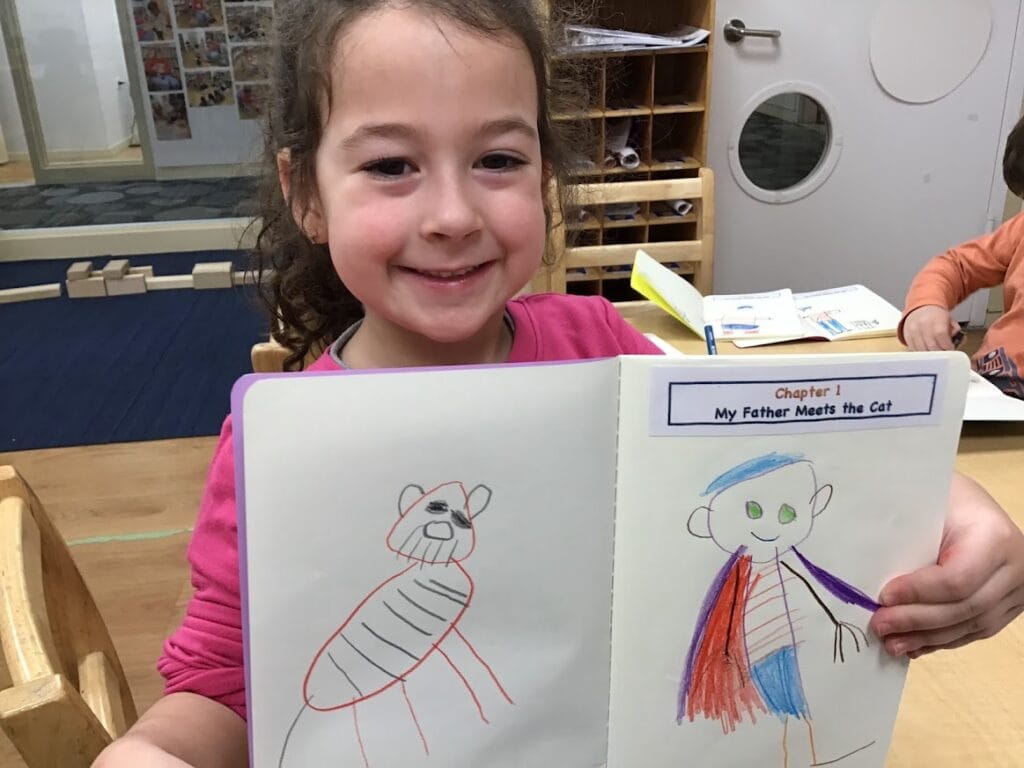
New York City’s Educational Programs: Understanding 3K and UPK
New York City has two programs designed for children under the age of five. The more well-known program, Universal Pre-Kindergarten or UPK for short, was created in 2014 to provide no-cost schooling for four-year-olds regardless of family income. The aim of the program was to provide kindergarten readiness skills for children who were otherwise ill-prepared to begin kindergarten. In 2017 New York City began its 3K program for three-year-olds. Again, this program was meant to provide more support for children to have the skills required for kindergarten. Through the years UPK and 3K have been the topic of much praise and criticism. It has been used by politicians for political gains and has more recently received national press coverage.
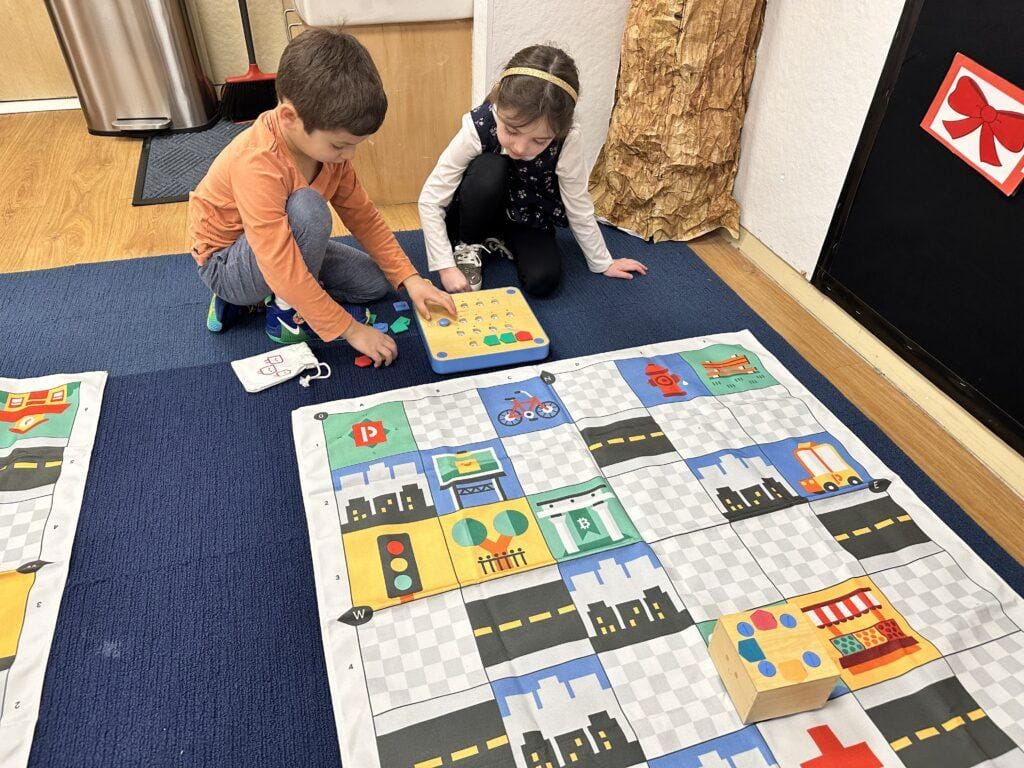
A Parent’s Comparison: IPS vs. UPK
Before UPK and 3K were created, there were quality early childhood programs such as IPS. Although not without cost, IPS is able to provide a far greater educational experience for our students. Below is an honest comparison between Pre-K at IPS and UPK from a former IPS family. The parent sent their older child to UPK and returned to IPS with their younger daughter, recognizing the benefits of the IPS program.
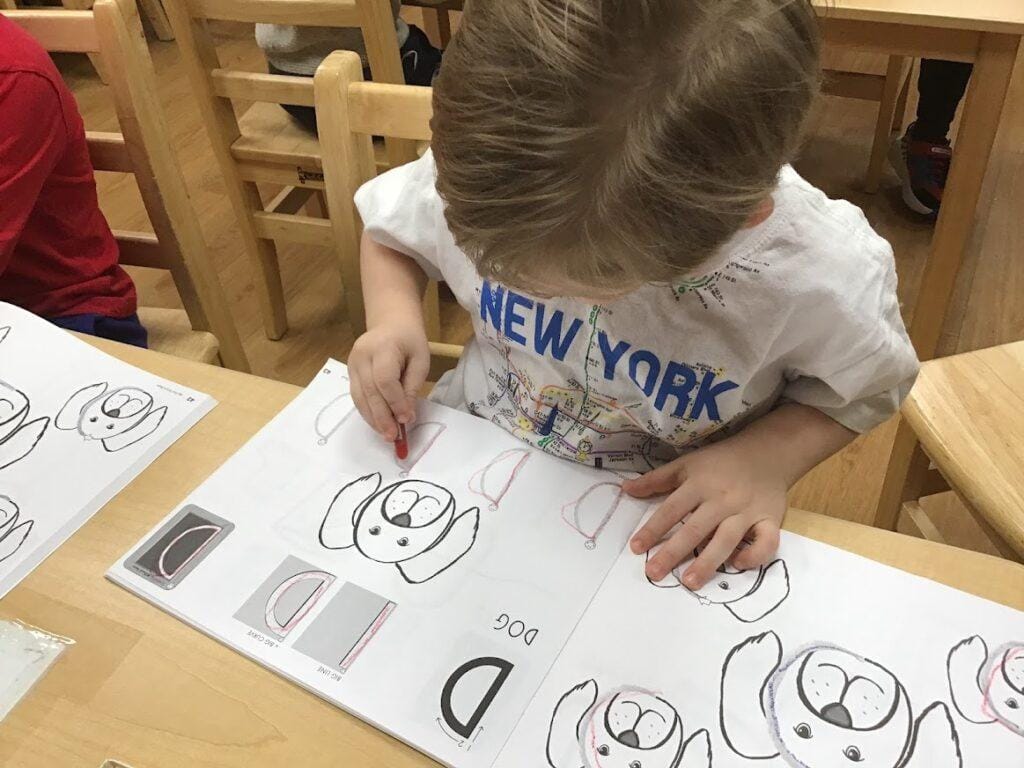
- “Our daughter attended The International Preschools for two years – in the Red (2 year olds) and Green Rooms (3 year olds). We chose to send her to Universal Pre-K (UPK) after that because of the cost and because we knew she would be attending public kindergarten. I offered to share what our experience was to help IPS in marketing itself and to assist other families grappling with this decision. UPK programs do vary, so I emphasize that this was just our experience.
- My daughter had a fine year at UPK – she had a warm teacher, who created a lovely tone in the classroom. She made a nice group of friends, from diverse backgrounds. She adapted to being in school through the afternoon. It was free.
- The process of getting into UPK programs can be exhausting and frustrating. We had hoped our daughter would go to our zoned school, where we thought she would attend kindergarten. She did not get in there or at two other schools we listed, and despite my visiting the school office of our zoned school six or seven times, she did not get off the waiting list. She, instead, got into a program in the financial district, which would have taken us an hour to get to. There were further lotteries throughout the summer. We could not tell our daughter where she was going to school in September. Finally, the week before school started, our daughter got a spot in a program they created in a school a 10-minute walk from our home.
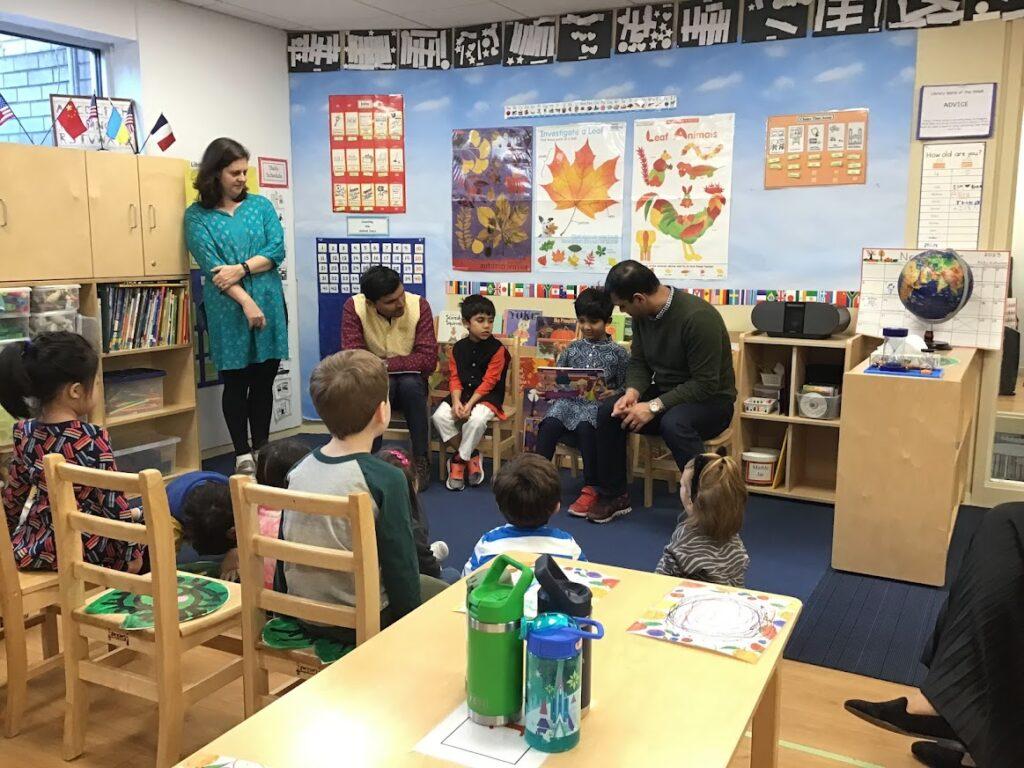
- For us, the greatest difference was class size. At UPK, it can be as high as 22 students with one teacher and one teaching assistant. Our teaching assistant changed twice and then still had substitutes often. At IPS, there is one head teacher and two assistant teachers in each classroom with no more than 16 kids.
- IPS is preschool-sized. There are bathrooms in the classroom. The children aren’t playing on concrete. They aren’t walking through overwhelming, crowded halls for drop-off and pick-up. Going to UPK forces some more independence on kids. Some schools don’t let parents into the classroom (they do drop off outside or in another part of the building). There are often no bathrooms in the classroom, so they have to ask to go and be brought down the hall. They play in yards designed for bigger kids or not designed well at all.
- At IPS, there is the benefit of being able to start right away in September and pick up where things left off. In UPK, it took a few months to orient the kids to the school, classroom, and routine, especially for children who had never been to school before. About a third of the kids in her class had never been to school, and many others had been to informal or preschool alternative programs.
- At IPS the class was all friends, as emphasized by the teachers and environment. Boys and girls are friends. Kids who were together from the Red Room and new ones. In her new class, children formed groups or pairs, almost always divided by gender, and the community was not as all-inclusive. While this happens as kids get older, there are benefits to an extra year with a familiar group.
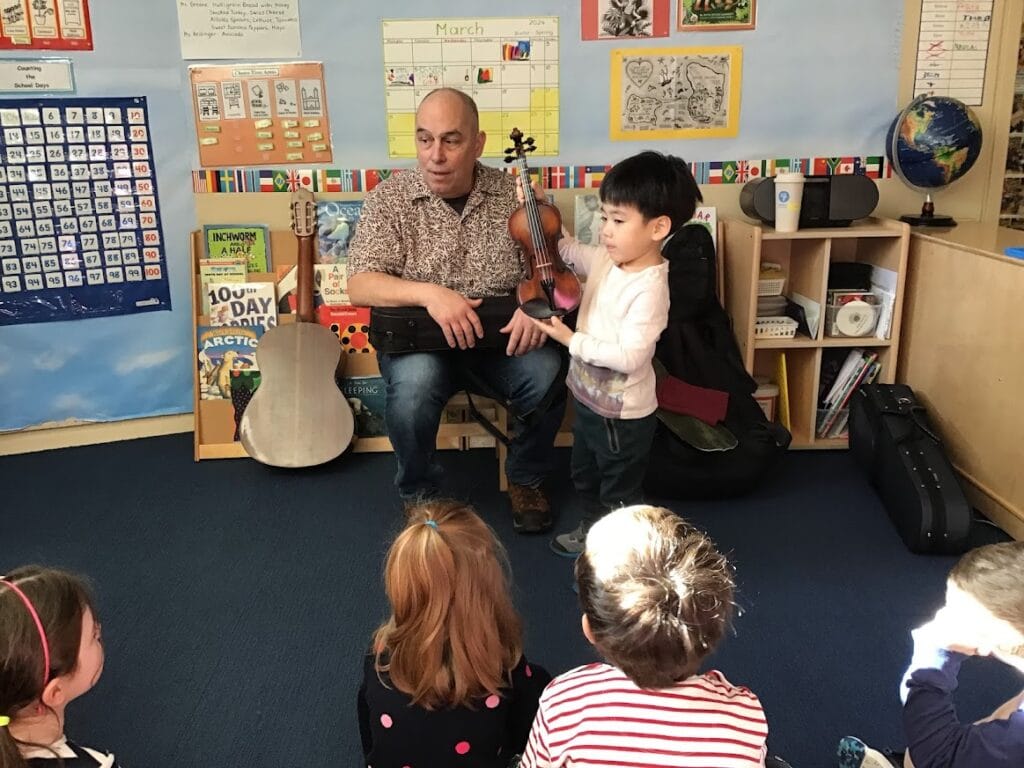
- Our daughter’s UPK program felt more unstructured than IPS. There were two 50-minute choice times (one in the morning and one in the afternoon) and one 50-minute recess outside. This did help our daughter with her social skills, and she learned to play more independently. It did seem like some of this time could be used for different activities and that our daughter was playing the same pretend games – back and forth between “family” and “baby” every day. And when there was an organized activity the kids could choose during choice time (e.g. making a mural, doing a science experiment, using math manipulatives), the kids could choose to never do them. This feels starkly different than what is expected just a year later in kindergarten.
- There was good support if your child has special needs or behavioral challenges. Parents whose children needed services (physical, occupational, and speech therapy) seemed pleased, and services were delivered on-site for those with IEPs. Teachers spent a lot of their energy figuring out systems to support children who were having behavioral challenges. While everyone’s experience is different, there was a feeling that the program would meet your child where they are at.
- There was less support if your child is advanced. My daughter was an early, advanced reader. UPK didn’t do anything to encourage that beyond being in a verbally enriched environment. The children had to write their first names every morning when they came in, and even though my daughter had mastered this before she started the year, she was never asked to write anything else. She was clearly capable of being encouraged in this way, as just a few months later, in kindergarten, she is writing paragraphs.
- IPS moved across so many different topics throughout the year, keeping kids engaged. IPS displays of work change all of the time. At Universal Pre-K they did four units for the year. For examaple, spend two months on trees and two months on bread. This was a long time if your child wasn’t so engaged in the topic. They did not acknowledge holidays. And, displays changed every 6-8 weeks.
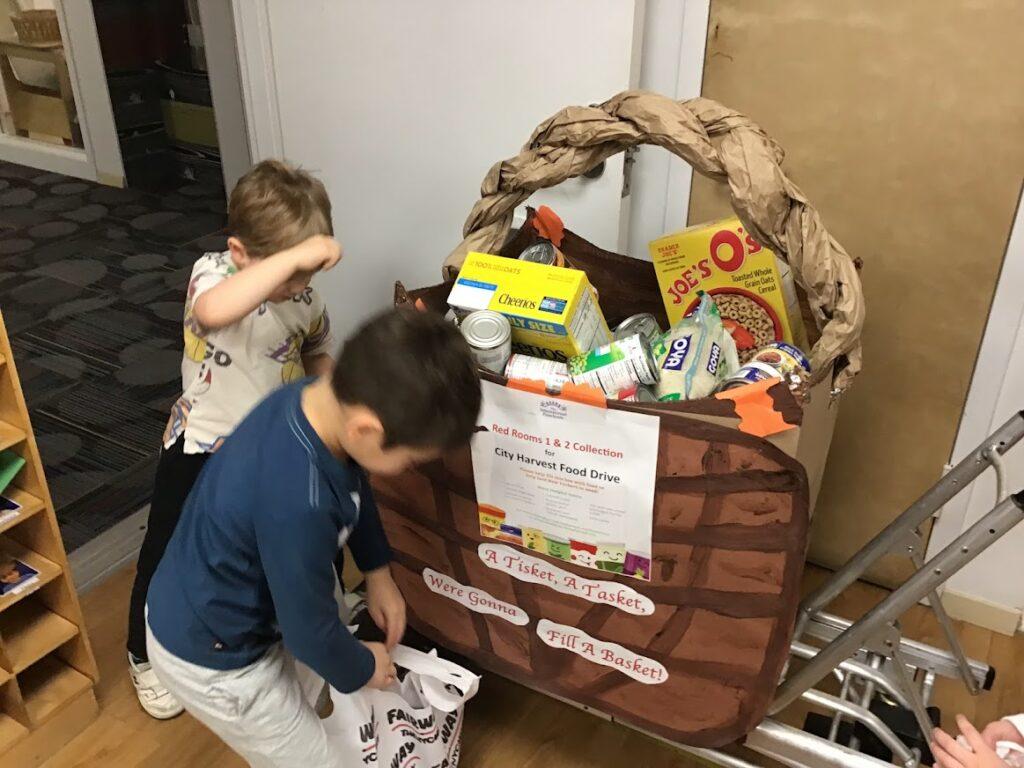
- While many Universal Pre-K programs have specials, our daughter’s did not. A mom volunteered to occasionally do sing-alongs. An outside art program came in for a few months. There was no weekly music, technology, library, clay, handwriting, or STEM program like there is at IPS. There were also no afterschool programs at my daughter’s program (some UPK programs do have afterschool).
- Communication was more limited. There were no photos sent home, and updates were sent about once every two months for the whole pre-k program. We were invited into the classroom one morning a month to participate in activities with the kids. IPS sent home regular photos and updates of classroom happenings, so parents know what is happening in the classroom and can talk about it with their kids.
- While the teachers did a lot with what they had, art materials and sensory materials were more limited in UPK. At IPS, kids used varied materials. In my daughter’s UPK class, there were markers, paint (she never once brought home a painting), and they did a two-day clay project. They had a sensory table, but it changed infrequently. There was no playdoh or flubber. We, as parents, bought the school a colored printer. There was no lamination.
- We felt nurtured as a family at IPS. When my daughter became a big sister, she was meant to feel like a celebrity at IPS. She had a big sister party, a big sister book. The parents threw us a baby shower. This likely would not have happened at a UPK program.
- The Parent Association community and events at IPS are also particularly strong, as you all know. There was no parent association at my daughter’s UPK.
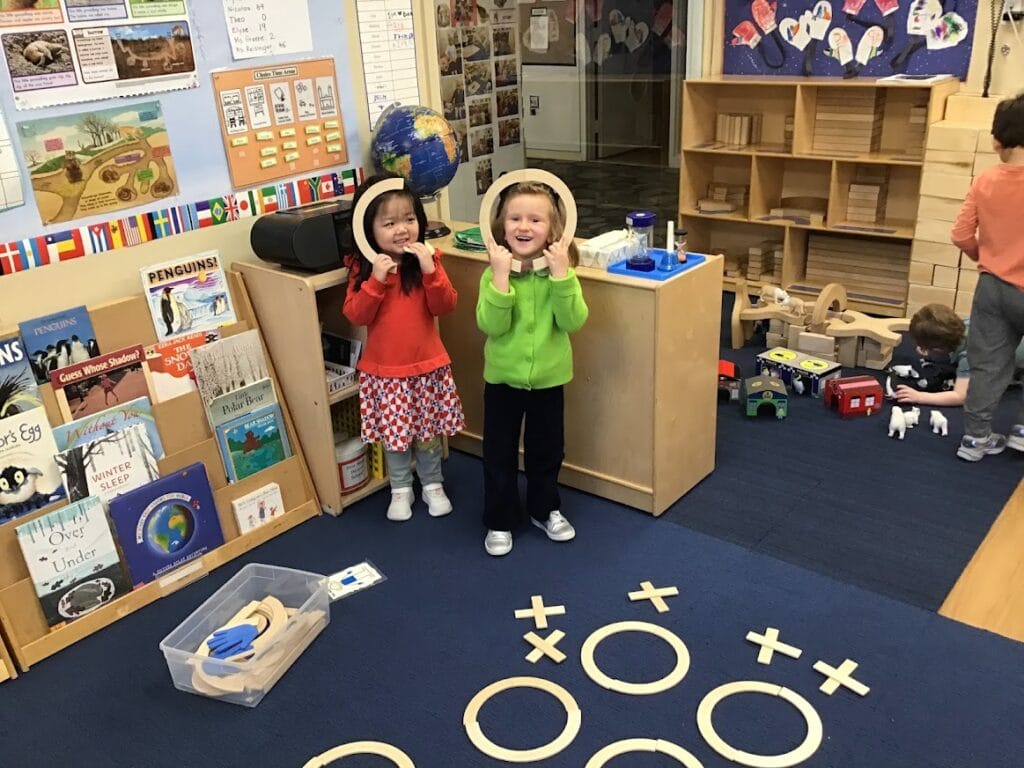
Reflecting on Our Decision: The Value of an Extra Year at IPS
We do not regret our decisions. Our daughter is now settling into kindergarten at a public gifted and talented school and speaks fondly of IPS and her UPK program. That said, I think one more year at IPS would have been valuable. If families can easily afford it or stretch to afford it, their children will have a nurturing, familiar environment to grow in comfortably for one more year. And, families benefit from the community.”
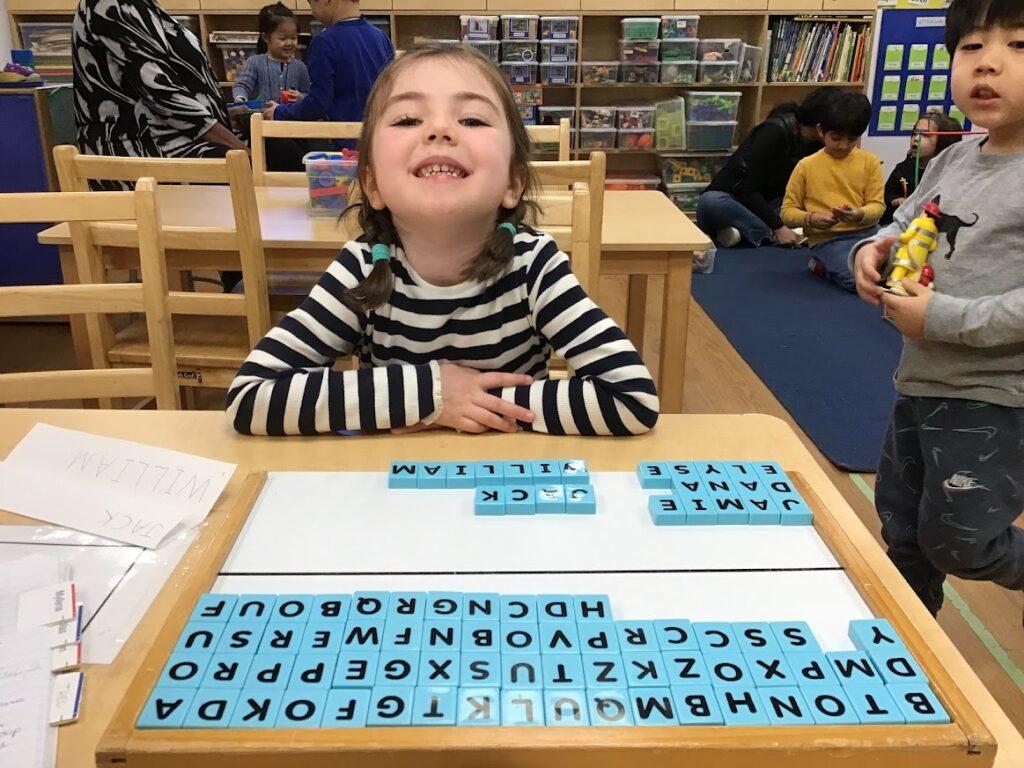
Choosing the Best Foundation: A Parent’s Insight on IPS vs. UPK
In the heart of Manhattan’s Upper East Side, The International Preschools (IPS) stands as a beacon of exemplary early childhood education, distinct from the city’s no-cost 3K and Universal Pre-Kindergarten (UPK) programs. The experiences of both UPK and IPS underscore the tangible and intangible benefits of IPS’s holistic, nurturing environment. Despite the allure of free education, IPS’s advantages are in class size, teacher quality, curriculum depth, and community strength. IPS’s approach fosters not just academic readiness but emotional and social growth. IPS’s value provides a solid foundation for a child’s educational journey.
